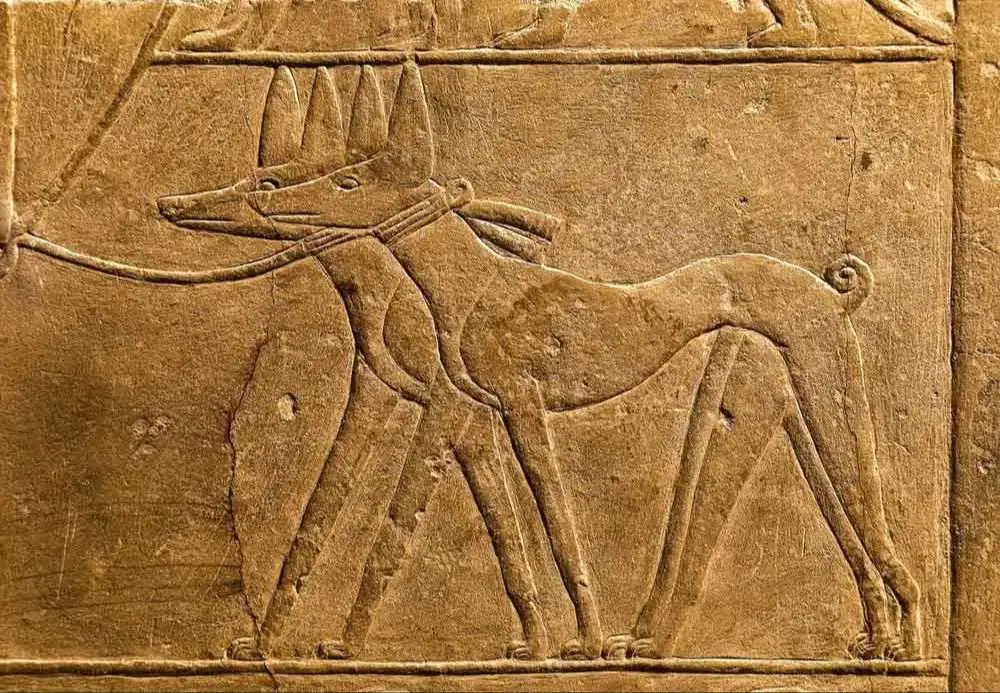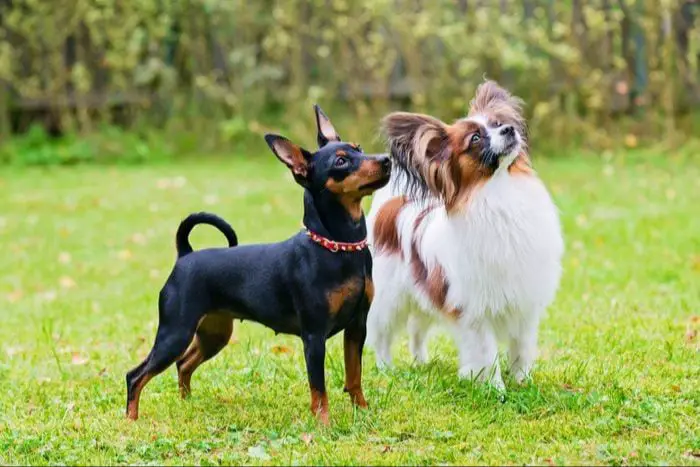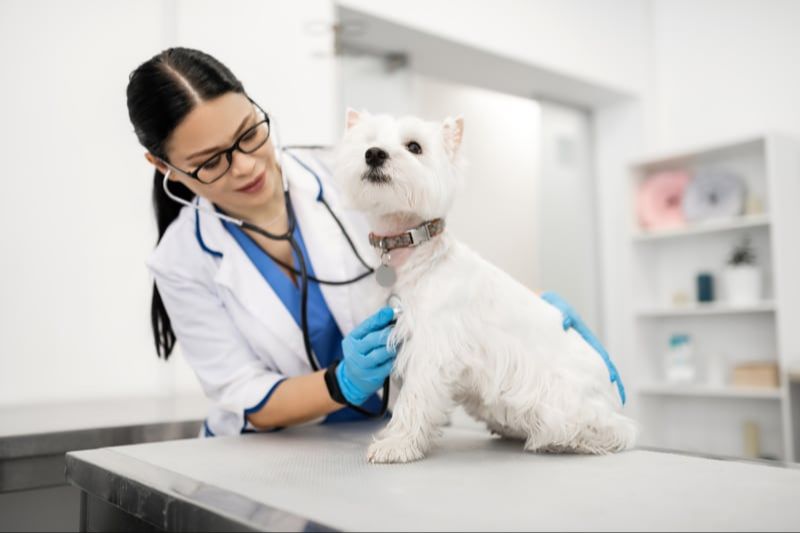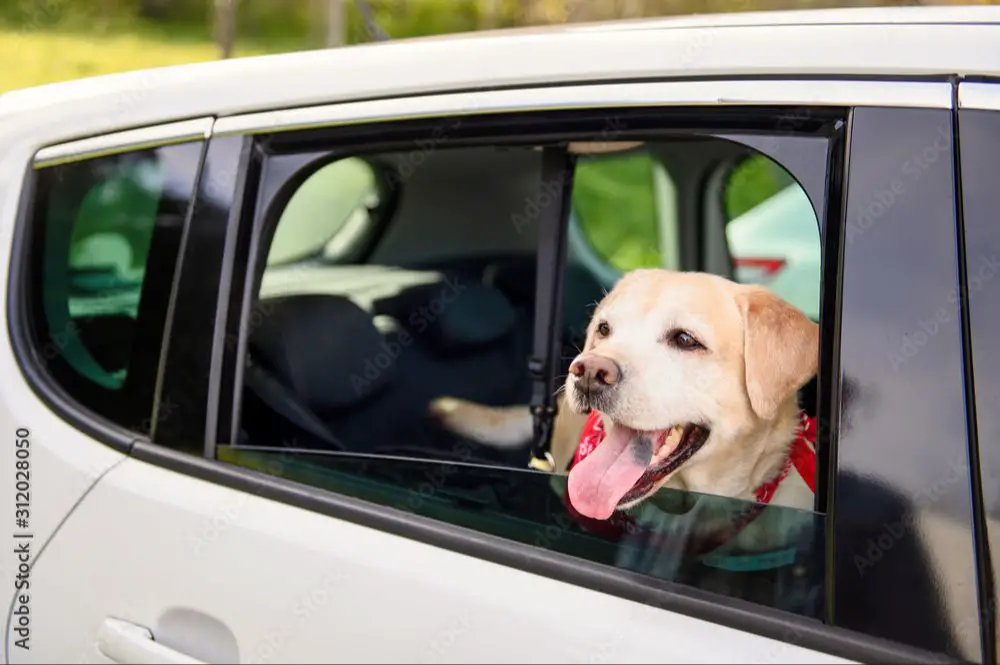Dogs: Humankind’s Loyal Companions for Over 10,000 Years
It’s no secret that dogs are one of the most popular pets in the United States and around the world. According to FinancesOnline, there are over 63 million households with dogs as pets in the US alone. With their affectionate nature, enthusiasm for life, and unwavering loyalty, it’s easy to see why humans have had a special bond with dogs for over 10,000 years. From working dogs herding livestock to service dogs assisting people with disabilities, dogs play many important roles in our lives. As this comprehensive guide will explore, choosing the right dog breed and providing proper care leads to a rewarding, lifelong friendship.
Brief History of Dogs as Pets

The domestication of dogs dates back over 15,000 years ago, when humans began taming wolves and breeding them to create loyal companions with skills like herding, hunting, and guarding. Dogs likely started living closely with humans as hunter-gatherers traveled together seeking food. The earliest archaeological evidence of dog domestication comes from a 14,000 year old fossil found in a German cave. Genetic studies show that all modern dogs descended from a population of wolves living in Asia around 15,000 years ago.
The most popular early dog breeds kept as pets included sighthounds used for hunting like Salukis and Greyhounds dating back to ancient Egypt between 4000-2000 BC. Small toy dog breeds like Chihuahuas were also commonly kept as pets by the ancient Mayans and Aztecs in Mexico. In Europe during the Middle Ages, some of the most popular pet dog breeds included scent hounds and swift hunting dogs like Beagles and Greyhounds. It wasn’t until the 19th century Victorian era that keeping dogs primarily as pampered house pets became common. The Kennel Club was founded in Britain in 1873 to register dog pedigrees, sponsor dog shows, and promote ownership of purebred pets like Poodles, Corgis, and Pomeranians.
Today dogs are one of the most universally popular pets, with over 89 million dogs kept as pets in households across the United States alone. From ancient working dogs to modern breeds developed just in the last few decades, dogs have a long history as human companions.
Why Dogs Make Great Pets
Dogs make excellent pets for many reasons, but some of the top benefits are their companionship, unconditional love, and promoting exercise and playtime. The Science-Backed Benefits of Being a Dog Owner [1].
First, dogs provide wonderful companionship. They are always excited to see you and enjoy spending time together, whether it’s cuddling on the couch, going for walks, playing fetch, or any activity. Dogs are pack animals that thrive when they are part of a family. Their loyalty and devotion help make them the perfect companion.
Second, dogs are known for their unconditional love. They don’t care what kind of day you’ve had, how you look, or what mistakes you’ve made – they love you no matter what. Your dog’s endless affection and enthusiasm can lift your spirits and brighten your day. Their natural empathy makes them sensitive to your feelings and moods as well.
Lastly, owning a dog promotes exercise and playtime. Dogs require regular walks, runs, play sessions, and training, which motivates you to get active and spend time outdoors. Active play like fetching balls or frisbees provides both mental and physical exercise for your dog. Regular exercise with your dog can improve your fitness, lower stress, and increase health and longevity for both you and your pet.
Most Popular Dog Breeds
Certain dog breeds consistently rank among the most popular in the United States. According to the American Kennel Club, the top 5 most popular breeds for 2022 are:
- French Bulldog – Known for their amusing personalities and squished faces. Their small size makes them great for city living. However, they are prone to breathing issues due to their flat muzzles.
- Labrador Retriever – America’s favorite breed for years. Labs are friendly, outgoing, and eager to please. They make wonderful family pets but do shed quite a bit.
- Golden Retriever – Intelligent and affectionate with endless energy. Goldens are great with kids and love being part of the family. Their long coat requires regular grooming.
- German Shepherd – Smart, loyal, and protective. German Shepherds are often used as police or military dogs. Without proper training and socialization, they can become aggressive.
- Poodle – Available in toy, miniature and standard sizes. Poodles are highly intelligent and do not shed much. Their coat requires professional grooming every 4-6 weeks.

Other popular breeds are Bulldogs, Beagles, Rottweilers, and Yorkshire Terriers. Each breed has unique characteristics, so it’s important to research them thoroughly before choosing your perfect pup. Selecting the right dog for your lifestyle and experience level will lead to a lifelong friendship.[1]
Choosing the Right Dog
Choosing the right dog breed is one of the most important decisions you’ll make as a dog owner. The breed you select should be compatible with your lifestyle, living situation, and personality. Here are some key considerations when picking a breed:
Consider the size of your home and yard when choosing a breed. Larger dogs like Labrador Retrievers need more space to play and exercise. Smaller breeds like French Bulldogs are better suited to apartment living (Source 1).
Take your activity level into account. If you are very active, look for energetic dog breeds like Border Collies who require lots of exercise. Less active owners may prefer calmer companion breeds like Cavalier King Charles Spaniels (Source 2).
Consider your climate. Some dogs like Siberian Huskies thrive in cold weather but do not tolerate heat well. Others like English Bulldogs are heat-sensitive and do best in temperate climates (Source 3).
Match the breed’s temperament and personality to your own. Outgoing owners may prefer extroverted breeds like Boxers, while mellower types do well with laidback companions like Bulldog.
Factor in grooming requirements. Long-haired breeds like Poodles require much more coat care than short-haired dogs like Boston Terriers.
Choosing the ideal dog breed requires careful consideration of lifestyle factors. Selecting a breed that is a good personality match will help ensure a happy human-canine relationship.
Training and Socializing Your Dog
Proper training and socialization are extremely important for raising a happy, well-adjusted dog. Training establishes clear communication between you and your dog by teaching basic commands and manners. Socializing exposes your dog to new people, places, and experiences so they learn how to behave appropriately. When done effectively, training and socialization will curb problem behaviors and set your dog up for success.
Focus on teaching your dog basic commands like “sit,” “stay,” “come,” and “lie down.” Use positive reinforcement methods like treats, praise, and play to motivate your dog during training sessions. You can also teach fun tricks like “shake,” “roll over,” and “speak.” Consistency is key – everyone in the household should use the same commands. Daily 5-10 minute training sessions will help commands sink in. Attend an obedience training course for extra guidance.
Socializing your dog involves controlled exposure to new environments and people. Invite friends over and take your dog on walks through busy areas. Let them meet other calm, vaccinated dogs. Give your dog treats when they stay calm during socialization to reinforce good behavior. Introduce potentially scary stimuli like loud noises gradually and at a distance. Consider a certified socialization program. With patience and consistency, your dog will gain confidence in new situations.
If problem behaviors do arise, avoid punishment-based methods. Seek help from a qualified trainer or behaviorist instead. With training tailored to your dog’s unique needs, virtually any behavior issue can be resolved positively.
Caring for Your Dog’s Health
A dog’s health and wellbeing should be a top priority for any pet owner. Proper nutrition, exercise, grooming, and preventative veterinary care are essential to keeping your dog happy and healthy.
Dogs have specific nutritional needs based on their size, breed, and age. It’s important to feed them a high-quality dog food and avoid people food or table scraps that can upset their stomach. Feeding them twice a day and monitoring their weight will help ensure they are getting adequate nutrition without becoming overweight. Exercise is also key – dogs need daily walks and playtime to stay physically fit and mentally stimulated. The amount will vary based on breed and age, but in general plan for at least 30-60 minutes of activity per day.
Regular grooming is important for caring for your dog’s coat, skin, ears, eyes, teeth, and nails. Brushing their coat 1-3 times per week can prevent matting and help remove loose hair. Trimming their nails every few weeks and brushing their teeth 2-3 times per week is also recommended. Professional grooming every 4-8 weeks can help keep their coat, skin, ears, and nails in good condition. See signs that your dog needs a grooming session like matted fur, overgrown nails, or waxy buildup in ears (source).
Preventative veterinary care includes vaccinations, heartworm prevention medication, flea/tick control, and annual wellness exams. Puppies need a series of vaccinations and boosters while adult dogs need Rabies vaccines every 1-3 years. Heartworm and flea/tick medications should be given year-round. Wellness exams allow the vet to check your dog’s overall health and catch any potential issues early. Staying up to date on all preventative care will help avoid costly medical issues down the road.

Enriching Your Dog’s Life
Enriching your dog’s life goes beyond just providing food, shelter and meeting their basic needs. It’s about creating an engaging environment and daily routine that stimulates your dog both mentally and physically. This enrichment helps prevent boredom, frustration and problem behaviors in dogs.
There are many games, toys and activities you can use to enrich your dog’s life. Interactive toys like Kongs stuffed with treats, puzzle toys and fetch engage your dog’s natural instincts to hunt, forage and problem solve. Rotating different types of toys keeps things interesting. Physical and mental activities like obedience training, agility, hide and seek and learning new tricks provide vital mental stimulation. Socializing your dog with other pets and people, and bringing them new places also enriches their world.
You can also enrich your home environment for your dog. Providing areas to dig like a sandbox, access to different resting spots and lookout perches allows them to engage in natural behaviors. Rearranging toys and obstacles creates novelty. Praise, petting and playing games like tug of war and fetch strengthens your bond. Setting aside focused enrichment time daily prevents boredom in dogs left alone.
By making enrichment a consistent part of your dog’s routine using games, activities and an engaging environment, you’ll have a happy, healthier canine companion. [1] [2] [3]
Traveling with Your Dog
Traveling with your furry companion can be enjoyable if you plan ahead. Road trips, flights, and stays in dog-friendly hotels open up many possibilities for bringing your dog along on your adventures. With some preparation, traveling with dogs can be safe and stress-free.
For road trips, be sure your dog is properly secured in a crate or harness designed for car travel. Stop frequently for walks, water breaks, and chances for your dog to relieve themselves. Traveling with dogs in a car for long distances generally works best when broken up with frequent stops and breaks. Keep the temperature comfortable and avoid feeding your dog right before travel to prevent car sickness.

When traveling with dogs on a plane, check your airline’s specific pet travel policies. Most airlines require advance notice and a health certificate from your veterinarian. Your dog will travel with you in the cabin or in cargo, depending on their size. Be aware of rules for water and bathroom breaks at airports. The excitement of traveling plus unfamiliar environments can be stressful for dogs, so plan adequate time during layovers for your dog to relax.
Many hotels now cater to traveling with dogs, offering pet-friendly rooms and amenities. Do research ahead of time to find hotels that will best suit you and your dog’s needs. Make sure your dog is well-socialized before staying in an unfamiliar place with potential distractions. Be prepared to provide proof of vaccinations when checking in with your dog.
With some preparation and training, bringing your dog along on trips can be enjoyable. From road trips to flights to pet-friendly hotels, travel today is accommodating for people traveling with dogs.
The Joys and Challenges of Dog Ownership
Bringing a dog into your life can be incredibly fulfilling, but it also comes with major responsibilities. Many dog owners describe their relationship with their pet as one of unconditional love. Your dog will be ecstatic to see you every day and will stick by your side during life’s ups and downs. As one owner shared, “My dog gets me through my darkest days just by looking at me with her big, loving eyes.”
Owning a dog can also help you connect with others in your community. As you walk your dog around the neighborhood, you’re likely to encounter fellow dog owners who you can relate to. “I’ve met so many friends at the dog park while our pups play,” said a Boston Terrier owner. “We swap stories about our dogs and give each other advice.” According to Reef Guardian, these conversations foster camaraderie and forge meaningful friendships[1].
However, dog ownership also involves major responsibilities. You’ll need to feed, exercise, train, and socialize your pet. Vet bills, grooming, boarding when you travel, and pet supplies can add up financially. Your schedule will revolve around your dog’s needs. As one owner put it, “My life is no longer fully my own, but I wouldn’t have it any other way.” If you’re considering getting a dog, reflect honestly on whether you’re ready for this big commitment.
With proper care and training, dogs can enrich our lives immensely. But it’s vital to understand the joys and challenges of responsible dog ownership before making the decision to welcome one into your home.